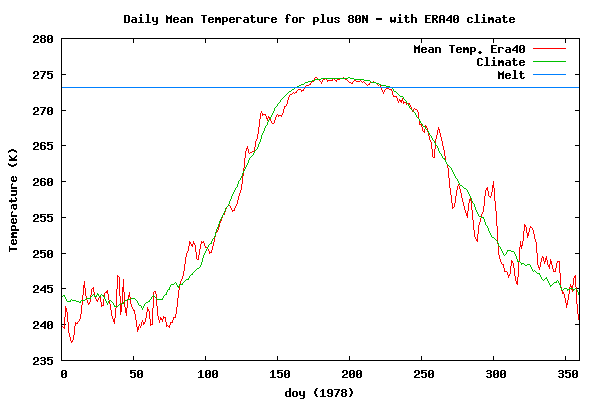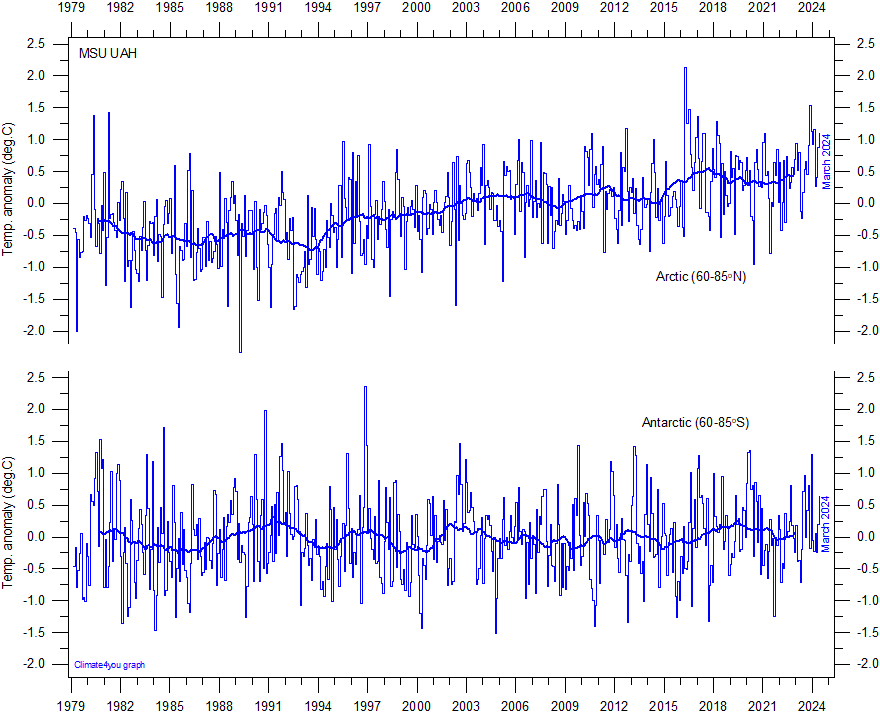Researchers have reported compelling new scientific evidence for the existence of low-energy nuclear reactions (LENR). The LENR process—also called "cold fusion"—may portend a limitless and environmentally-clean method for generating electricity. The group of Navy scientists describes what it terms the first clear visual evidence that LENR devices can produce neutrons; subatomic particles which indicate nuclear reactions are taking place.
Their report—which injects new life into this controversial field—was presented 23 March at the American Chemical Society's National Meeting. It was among 30 papers on the topic presented during a four-day symposium, New Energy Technology, coinciding with the 20th anniversary of the first description of cold fusion.
The study was undertaken at the U.S. Navy's Space and Naval Warfare Systems Center (SPAWAR) in San Diego, California, and published in the peer-reviewed journal, Naturwissenschaft, DOI: 10.1007/s00114-008-0449-x (SpringerLink subscription required).
Co-author and analytical chemist Pamela Mosier-Boss, Ph.D. said:
"Our finding is very significant… to our knowledge, this is the first scientific report of the production of highly energetic neutrons from an LENR device."
Fusion is the energy source which powers the sun and stars. Scientists have been striving to reproduce—in a controlled fashion—that power here on Earth. Fueled by deuterium—an abundant isotope of hydrogen easily extracted from seawater—fusion reactors would provide a clean and cheap source of electricity. For decades, prevailing fusion research concentrated on a sophisticated new genre of nuclear reactors able to withstand temperatures of tens of millions of degrees Fahrenheit—hence, often called “hot” fusion.
The first report on "cold fusion," presented in 1989 by Martin Fleishmann and Stanley Pons, was a global scientific sensation. In contrast to the huge, complex and tremendously expensive “hot” fusion reactors, Pons and Fleishmann claimed to have achieved nuclear fusion at comparatively "cold" room temperatures—in a simple, tabletop laboratory device termed an electrolytic cell.
Other researchers could not seem to reproduce Pons and Fleishmann’s results, and the field of cold fusion research declined. A stalwart cadre of scientists persisted, however, seeking solid evidence that nuclear reactions can occur at low temperatures. One problem in proving the existence of low-energy (cold) nuclear reactions involved the extreme difficulty in using conventional electronic instruments to detect the small number of neutrons produced in the process.
In their new study, Mosier-Boss and colleagues inserted an electrode composed of nickel or gold wire into a solution of palladium chloride mixed with deuterium or "heavy water" in a process called co-deposition. They passed electric current through the solution—causing a reaction within seconds—using a special plastic, CR-39, to capture and track any high-energy particles emitted, including any neutrons emitted during the fusion of deuterium atoms.
They examined the plastic microscopically, discovering patterns of "triple tracks;" tiny-clusters of three adjacent pits that appear to split apart from a single point, (see the photo above). The researchers say that the track marks were made by subatomic particles released when neutrons smashed into the plastic. Significantly, no such tracks were seen if the experiment was repeated using normal rather than heavy water. Mosier-Boss and colleagues believe the neutrons originated in nuclear reactions, perhaps from the combining or fusing deuterium nuclei.
"People have always asked 'Where's the neutrons?'" Mosier-Boss said. "If you have fusion going on, then you have to have neutrons. We now have evidence that there are neutrons present in these LENR reactions."
They cited other evidence for nuclear reactions occurring in their experiment, including X-rays, tritium, (another isotope of hydrogen), and excess heat. Meanwhile, Mosier-Boss and colleagues are continuing to explore the phenomenon to get a better understanding of exactly how LENR works—key to controlling it for practical purposes.
Mosier-Boss points out that the field currently gets very little funding and, despite its promise, researchers cannot predict when—or if—LENR may emerge from the lab with practical applications.
Paul Padley, a physicist at Rice University who reviewed Mosier-Boss's published work, said the study did not provide a plausible explanation of how cold fusion could take place in the conditions described.
"It fails to provide a theoretical rationale to explain how fusion could occur at room temperatures. And in its analysis, the research paper fails to exclude other sources for the production of neutrons," he told the Houston Chronicle. "The whole point of fusion is, you’re bringing things of like charge together. As we all know, like things repel, and you have to overcome that repulsion somehow."
Padley’s remarks in no way negate the SPAWAR team’s findings and those findings in no way negate Padley’s comments: Isaac Newton, in his Principia Mathematica, formulated the mathematical laws governing gravitational force, though Newton never understood what gravity was or how it attracted objects.
The Navy team has performed experiments and released the results of those experiments—a fundamental step in scientific inquiry. The next step is for other researchers to precisely reproduce the apparatus used by Mosier-Boss and her team, perform the same experiment the same way under the same conditions and see if they derive they same results. If they do, the following step is to attempt to explain exactly what is happening, why and what physical and chemical processes are involved.
Other speakers at the conference presented evidence supporting cold fusion, including Antonella De Ninno, a scientist with New Technologies Energy and Environment (Rome), who reported both excess heat and helium gas.
"We now have very convincing experimental evidence," De Ninno claimed.
Tadahiko Mizuno of Japan's Hokkaido University also reported excess heat generation and gamma-ray emissions.
All three research groups are currently exploring both experimental and theoretical studies in hopes of better understanding the cold fusion process well enough to commercialize it.
These experimental results may be due to a cold fusion/LENR process or they may be the effects of chemical or physical processes not yet understood. Clearly, something is going on in such experiments which requires further scrutiny. Whatever the ultimate explanation, science can only be enriched by answering the questions raised: There is no downside to exploring this matter to its definitive conclusion.
If these findings are, indeed, evidence of a cold fusion process and this process can be extenuated into a practical means of inexpensively generating electricity in large quantity, we may be witnessing the first steps of a discovery which will benefit mankind—not in a small way, but in a truly revolutionary fashion.
Those with high-speed connections may watch streaming videos from the ACS cold fusion conference at:










No comments:
Post a Comment